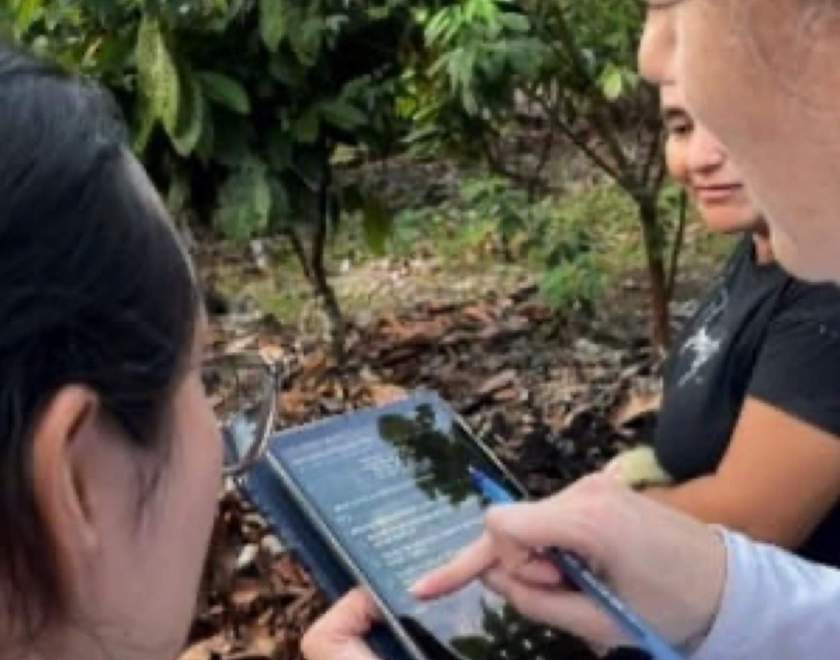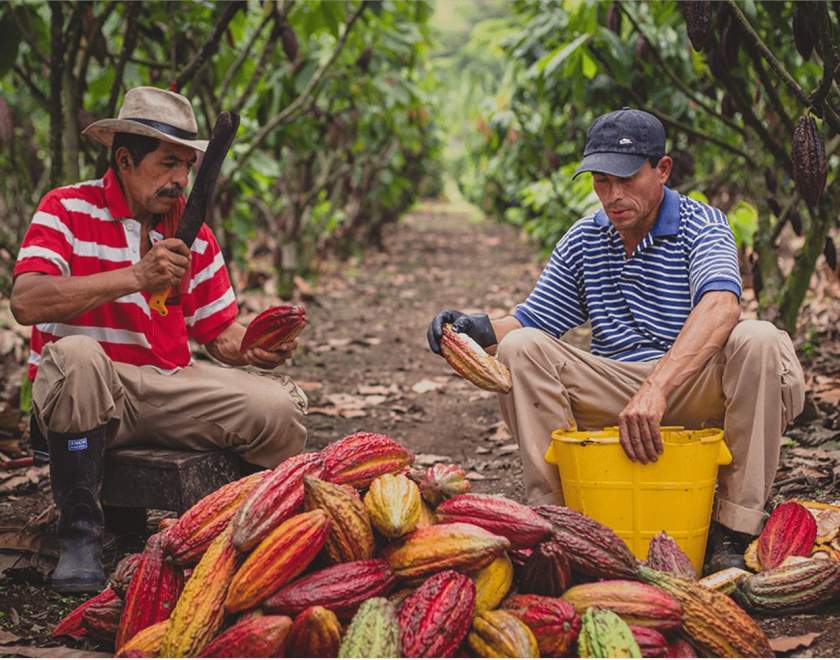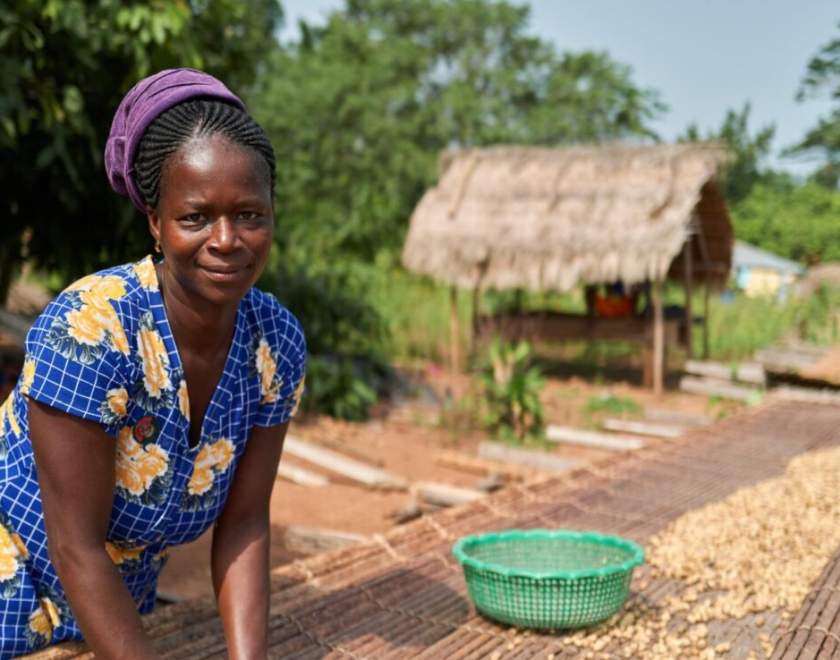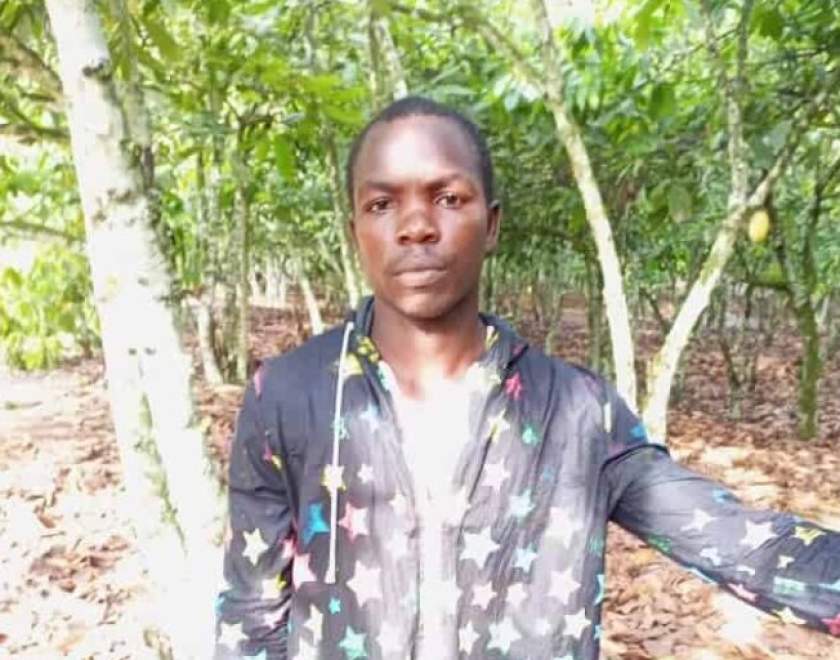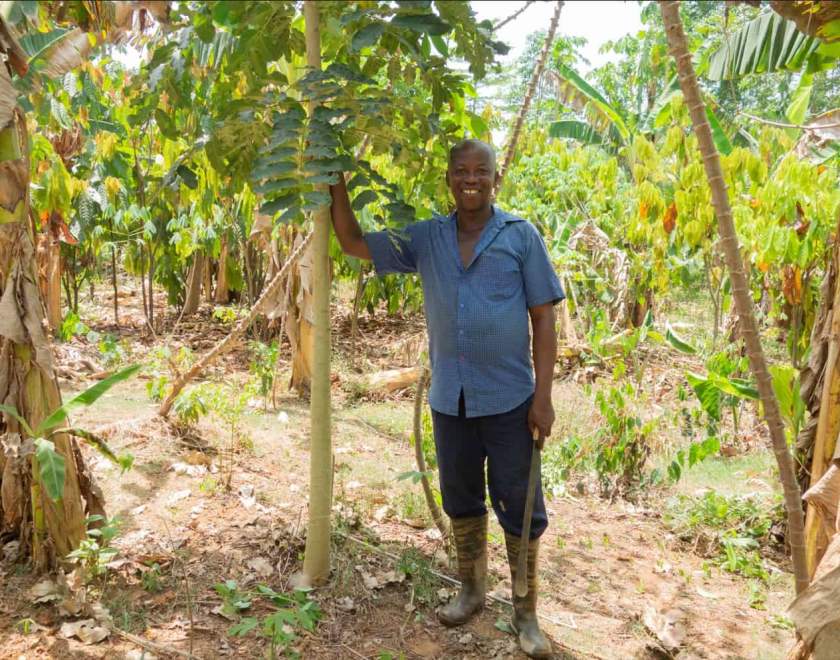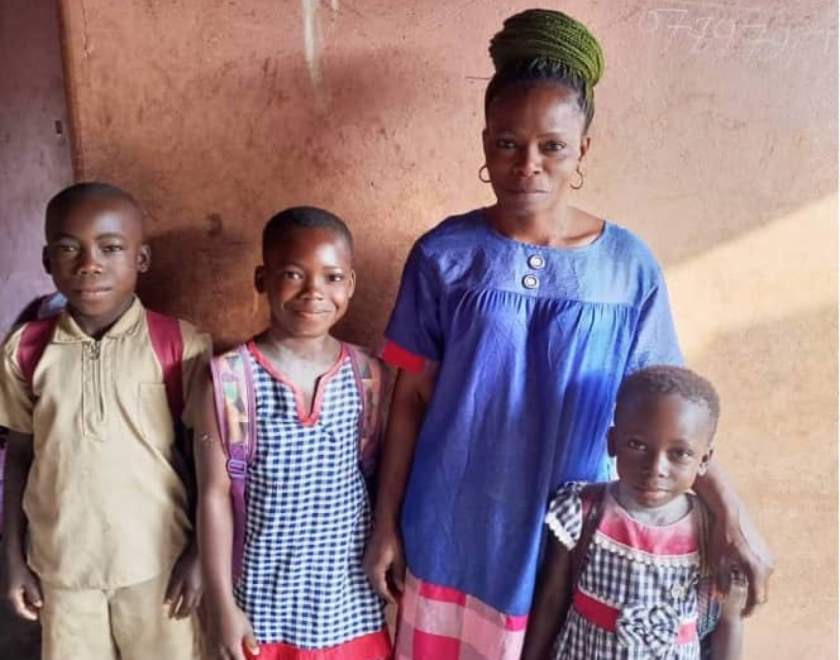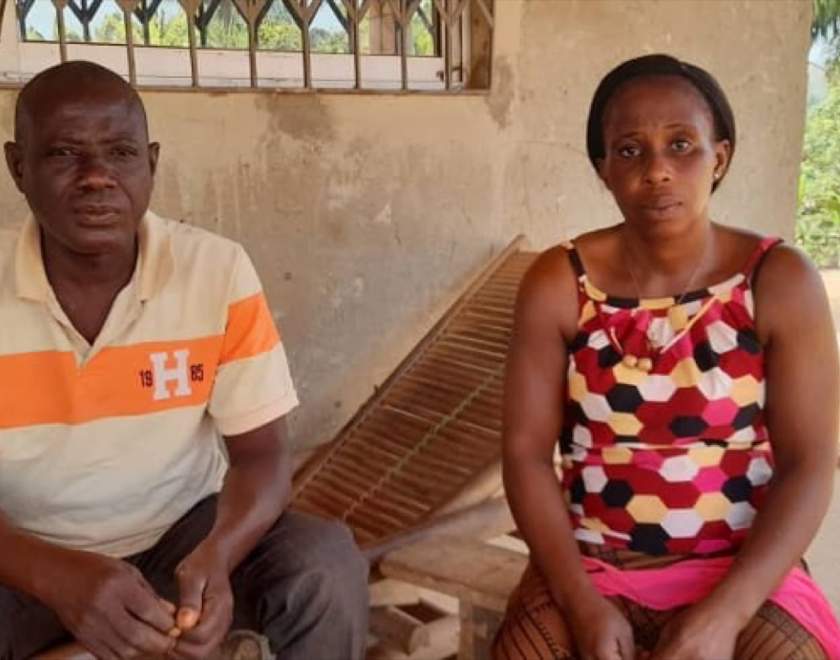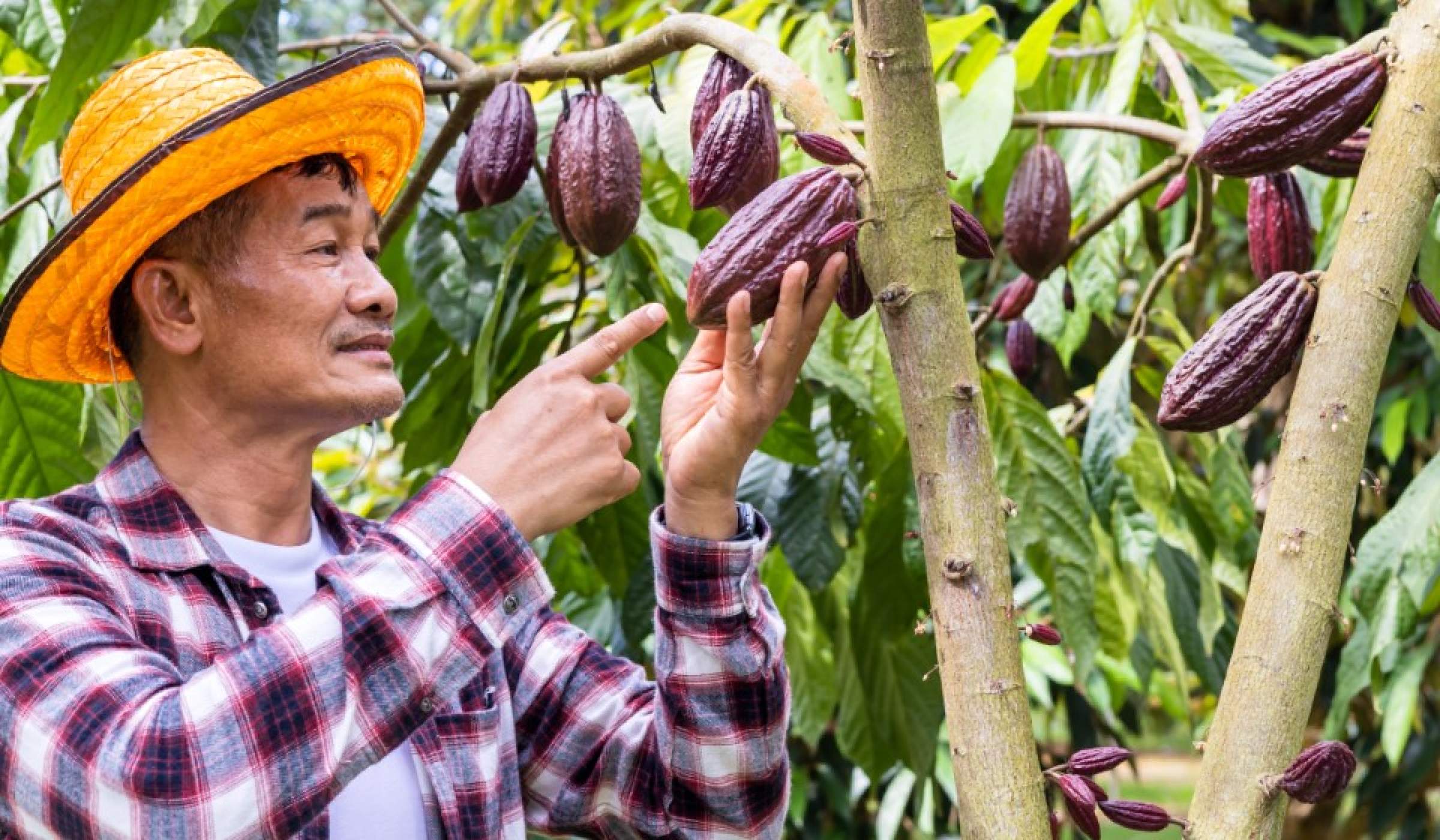
WCF, Alliance of Bioversity International and CIAT launch a globally recognised Standard Method for Deforestation Risk Assessment (DRA).
The cocoa sector is entering a new chapter in its sustainability journey. On 21 August, the World Cocoa Foundation (WCF) with the Alliance of Bioversity International and CIAT launched a collaborative initiative to design and deliver a globally recognised Standard Method for Deforestation Risk Assessment (DRA), covering both active and predictive assessments.
This initiative sits at the heart of WCF’s compliance and assurance workstream, which supports members in meeting their regulatory and voluntary commitments. It is a participatory effort involving producing-country governments, technical agencies, and global experts, ensuring the approach is scientifically robust, practical to apply, and aligned with real-world implementation needs.
A shared endeavour across countries and stakeholders
More than 110 experts are already contributing, including 25 cocoa and chocolate companies, ministries of agriculture, environment, and trade, national mapping and technical agencies, regulatory bodies, and trade associations from eight producing countries, alongside international environmental organisations.
This breadth of engagement reflects a shared ambition: to create a common, globally recognised approach that enables both companies and governments to assess deforestation risk with accuracy and consistency. It also underlines how each stakeholder – from producers to policymakers – can contribute equally to achieving compliance and generating comparable, reliable data internationally.
Why this matters now
The introduction of new frameworks such as the EU Deforestation Regulation (EUDR), the Corporate Sustainability Reporting Directive (CSRD) and the Corporate Sustainability Due Diligence Directive (CSDDD) has increased the urgency of building robust and aligned systems for traceability and transparency.
Reliable deforestation and land-use data are essential not only for compliance but also for climate action, biodiversity protection, and farmers’ livelihoods. Yet until now, inconsistent maps, fragmented standards and unverified datasets have created uncertainty – hampering both market access and environmental progress.
Ambition and impact
The DRA initiative has three key deliverables:
- Developing a Standard Method for Deforestation Risk Assessment (active and predictive) – applicable across producing regions and companies.
- Supporting high accuracy national land use and protected area map development and validation – starting with Colombia and Ecuador as pilot countries, to ensure their datasets are recognised as authoritative and used for compliance.
- Integrating the methodology into national traceability and monitoring systems – so that the entire cocoa sector can “speak the same language” on deforestation risk.
By establishing a trusted, comparable approach, this initiative will directly support governments in building their national systems and help WCF members meet their EUDR, CSRD, CSDDD and voluntary sustainability requirements with confidence.
A building block for climate, biodiversity, and traceability goals
Like WCF’s GHG Accounting Methodology, the DRA also contributes to global climate and biodiversity objectives by improving the accuracy of foundational data used in reporting and decision-making on topics deeply related to deforestation. It also strengthens the link between deforestation risk and traceability, ensuring that risk assessment and supply chain data align.
Ultimately, the DRA initiative will help the cocoa sector operate from a shared, science-based reference point – one that protects forests, reverses GHG emissions and biodiversity loss, supports compliant trade, and delivers long-term sustainability benefits for governments, companies and farmers alike.

